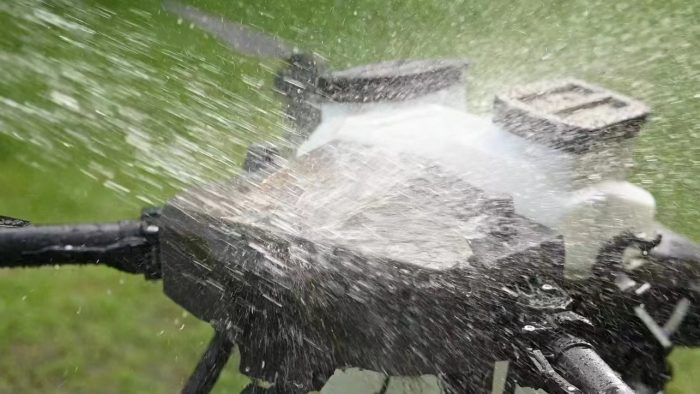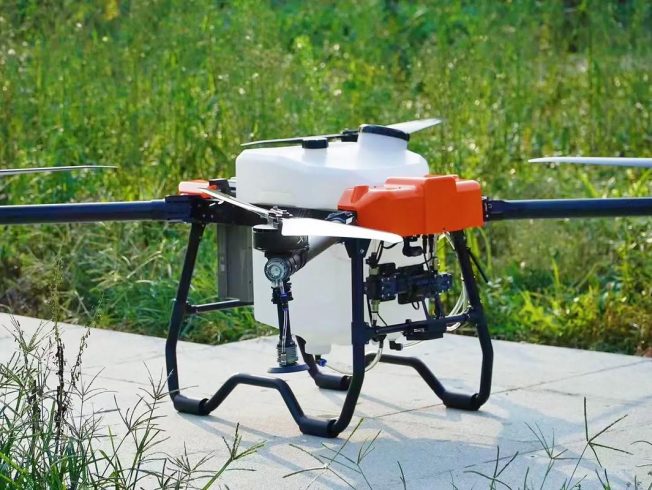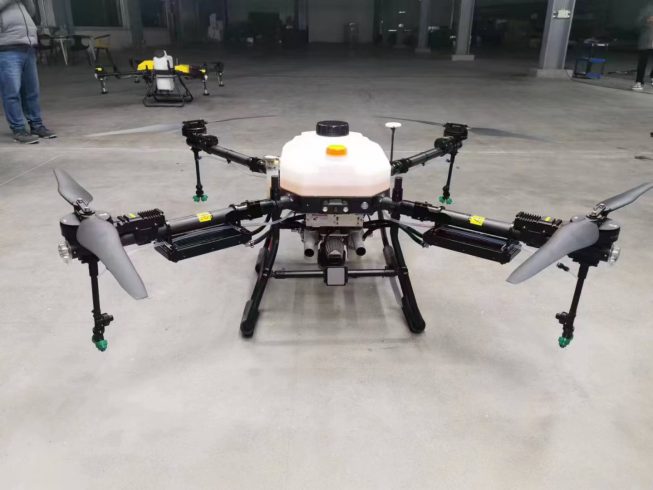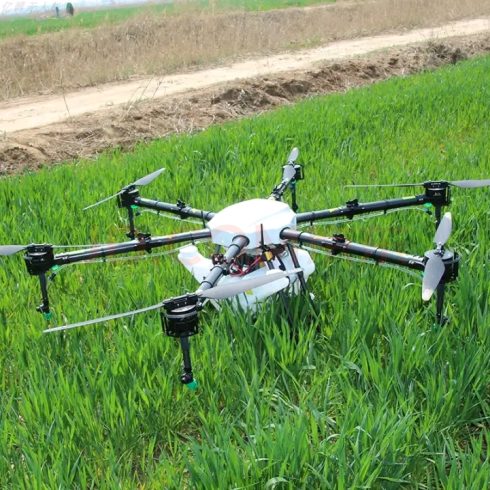![图片[1]-How Agricultural Spraying Drones Drive Sustainable and Profitable Farming-msoen](https://www.msoen.com/wp-content/uploads/2025/04/0e151c96c1214759-768x1024.jpg)
In an era of growing food demand and environmental concern, agricultural spraying drones have emerged as a game‑changer for modern farming. By combining precision application with real‑time data, these UAV sprayers help growers reduce chemical use, optimize inputs, and boost crop yields—all while protecting natural resources. This article explores the major benefits, practical applications, and best practices for integrating drone‑based spraying into your agricultural operations.
1. Precision Application Minimizes Chemical Waste
Conventional ground‑based sprayers often lead to uneven coverage, off‑target drift, and excessive chemical consumption. In contrast, agricultural spraying drones use GPS‑guided flight plans and advanced nozzle control to deliver pesticides or fertilizers with centimeter‑level accuracy. Key advantages include:
- Variable‑Rate Spraying: Drones can adjust spray volume on‑the‑fly based on crop health maps, ensuring only areas in need receive treatment.
- Reduced Drift: Low‑altitude, slow‑speed flight limits off‑target overspray, cutting chemical waste by up to 40%.
- Environmental Protection: Focused application keeps sensitive buffer zones—such as watercourses and adjacent habitats—free from pesticide contamination.
2. Enhanced Crop Monitoring and Data‑Driven Insights
Many modern spraying drones are equipped with multispectral or thermal cameras, enabling simultaneous crop scouting during flight. This dual‑function approach delivers:
- Early Pest & Disease Detection: Multispectral imagery highlights stressed or infested areas before visible symptoms appear.
- Nutrient Deficiency Mapping: Thermal and NDVI (Normalized Difference Vegetation Index) data reveal uneven nutrient uptake for targeted foliar feeding.
- Performance Tracking: Post‑spray surveys let you compare “before and after” field maps to validate spray efficacy and refine future flight plans.
3. Time and Labor Savings
Rapid coverage and simplified operation make drone spraying an attractive alternative to manual or tractor‑mounted sprayers:
- High Field Throughput: A single operator can spray up to 20 hectares per hour, compared to 2–4 hectares with ground crew.
- Reduced Labor Costs: One pilot manages drone deployment, eliminating the need for large labor teams in remote or difficult terrain.
- All‑Terrain Capability: Drones effortlessly navigate paddy fields, orchards, and steep slopes—areas that often challenge traditional equipment.
4. Scalable Solutions for Farms of Any Size
Whether you manage a small orchard or a large row‑cropped operation, drone spraying solutions scale to meet your needs:
- Compact Models: Lightweight, battery‑powered drones handle intricate spraying tasks in vineyards, nurseries, and greenhouse environments.
- High‑Capacity Platforms: Multi‑rotor drones with 30–50 L tanks manage broadacre fields, maintaining consistent spray rates over hundreds of hectares.
- Fleet Operations: Coordinated drone fleets, managed through a centralized control system, allow sequential battery swaps and uninterrupted spraying in peak seasons.
5. Best Practices for Safe and Effective Drone Spraying
To maximize the benefits of agricultural UAV sprayers, follow these guidelines:
- Thorough Pre‑Flight Planning: Use satellite or drone‑captured field maps to define precise flight paths, spray boundaries, and no‑spray zones.
- Chemical Compatibility: Confirm that your chosen liquids are compatible with drone pumps and nozzles, and verify droplet size ranges (typically 20–300 μm).
- Operator Training: Ensure pilots are certified and understand aviation regulations, obstacle avoidance, and emergency procedures.
- Regular Maintenance: Clean filters, inspect pump seals, and calibrate nozzles before each season to maintain spray accuracy.
- Data Management: Archive flight logs and spray records to support regulatory compliance and inform future crop protection strategies.
6. ROI and Sustainability Outcomes
Adopting agricultural spraying drones often yields measurable financial and environmental returns:
- Chemical Cost Savings: Precise dosing reduces pesticide and fertilizer expenses by 25–40%.
- Yield Improvements: Targeted crop protection can boost yields by 10–20% through early intervention and uniform coverage.
- Carbon Footprint Reduction: Electric drone operation cuts fuel use and greenhouse gas emissions compared to tractor‑based spraying.
- Water Conservation: Fine atomization and minimal runoff help preserve water resources, especially in drought‑prone regions.
Conclusion
Agricultural spraying drones represent a powerful tool for growers seeking to balance productivity with environmental stewardship. By leveraging precision application, integrated crop monitoring, and scalable drone platforms, farmers can lower input costs, accelerate response times, and meet sustainability goals. Ready to elevate your crop protection program? Embrace drone technology today and cultivate a smarter, greener future for agriculture.












暂无评论内容